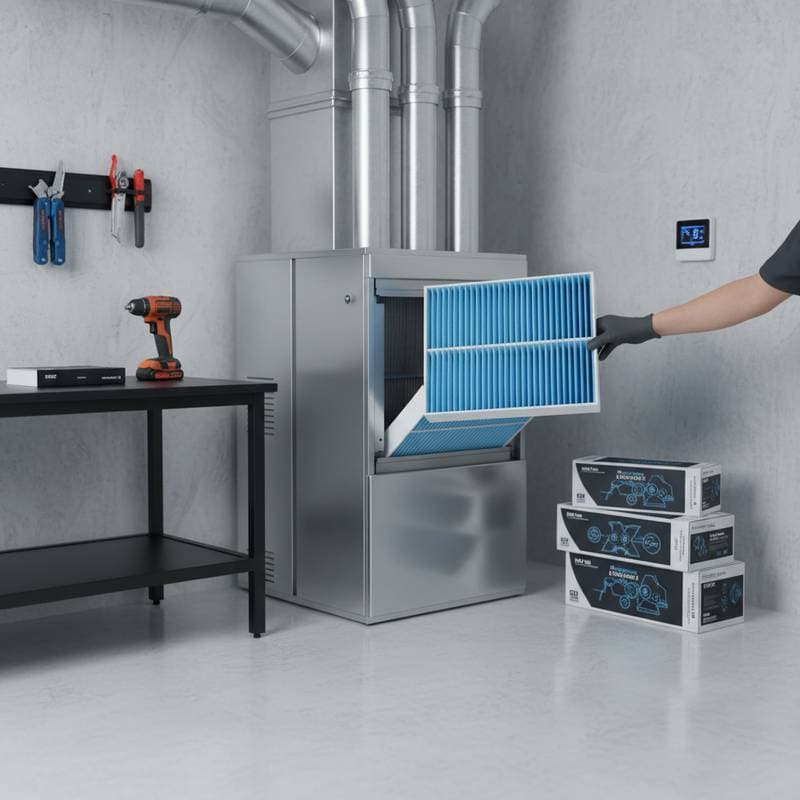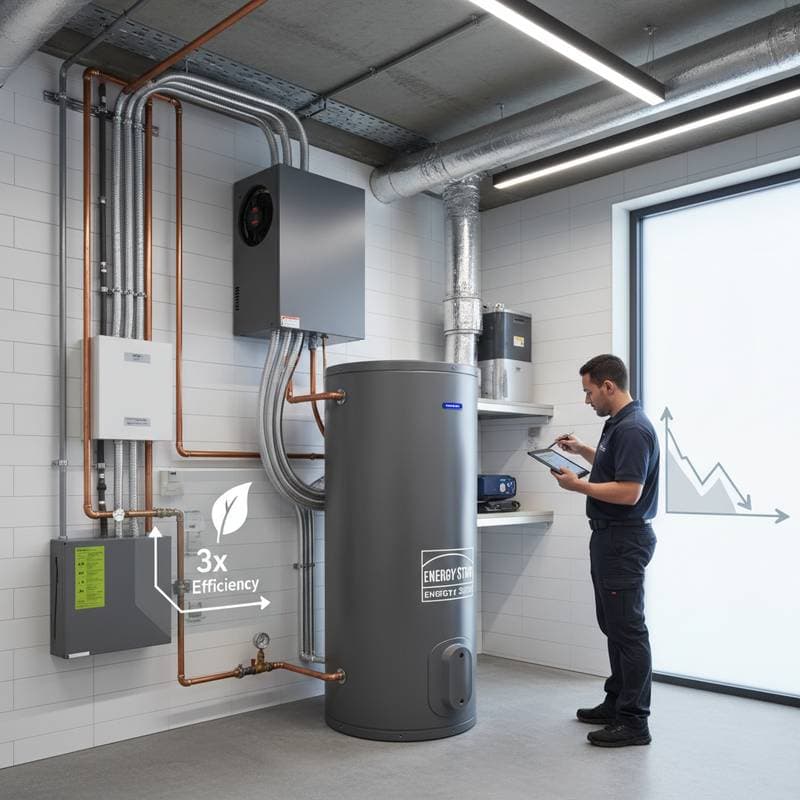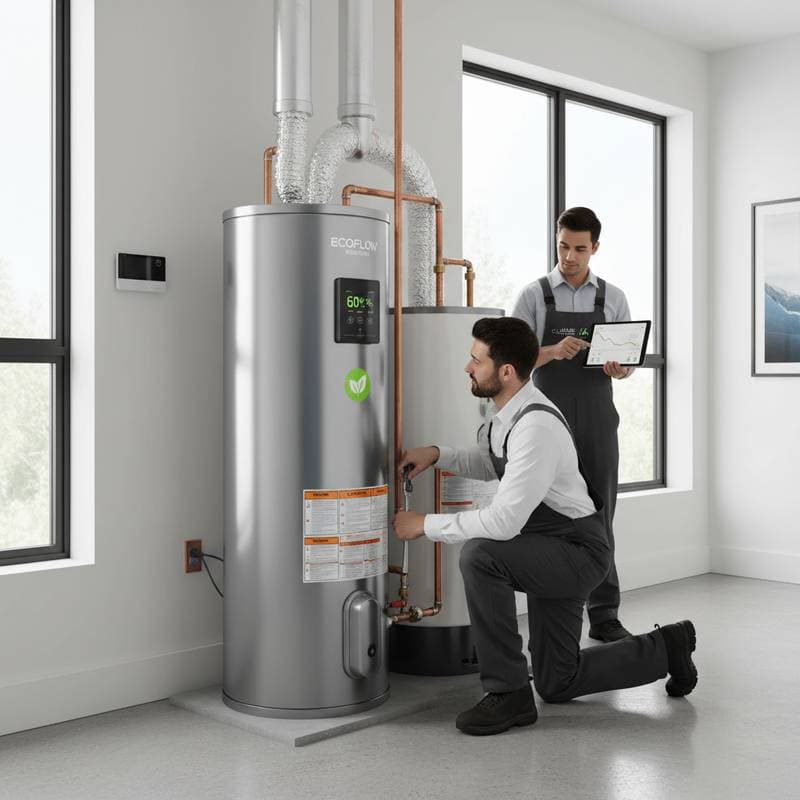HVAC Subscriptions Prevent Costly Emergency Repairs
Homeowners face unexpected challenges with heating, ventilation, and air conditioning systems, especially during extreme weather. Sudden breakdowns lead to discomfort and high repair bills that strain budgets. HVAC subscription plans offer a proactive solution, providing regular maintenance to avoid these issues and ensure reliable performance throughout the year.
These plans shift the focus from reactive fixes to preventive care, saving time and money in the long term. By addressing potential problems early, subscribers enjoy consistent comfort without the stress of emergencies. This approach aligns with modern home management strategies that prioritize efficiency and foresight.
Understanding HVAC Subscription Plans
HVAC subscription plans function as membership programs offered by service providers. Participants pay a recurring fee, typically monthly or annually, in exchange for scheduled maintenance visits. These visits include inspections, cleaning, and minor adjustments to keep systems operating at peak efficiency.
Plans often cover a range of services tailored to residential needs. For instance, they may include filter replacements, refrigerant checks, and thermostat calibrations. Some providers extend benefits to cover parts and labor for routine repairs, reducing out-of-pocket expenses.
This model resembles preventive health care for homes, where consistent attention prevents major complications. Subscribers gain access to expert technicians who identify wear and tear before it escalates. As a result, systems last longer and perform better under varying conditions.
The Financial Impact of Emergency Repairs
Emergency HVAC repairs carry significant costs that extend beyond immediate fixes. A failed compressor in summer can cost thousands, plus temporary accommodations if cooling fails completely. These events disrupt daily life and often occur at inopportune times, amplifying expenses through overtime charges.
Statistics show that neglected systems lead to repairs averaging 20 to 50 percent higher than routine maintenance costs. Homeowners without plans face diagnostic fees, travel charges, and expedited service premiums. Over time, repeated emergencies erode savings intended for other priorities.
Subscription plans mitigate these risks by spreading costs predictably. Monthly fees remain far below the price of a single major repair. This financial predictability allows better budgeting and reduces the anxiety associated with unforeseen breakdowns.
How Subscriptions Safeguard Against Breakdowns
Regular maintenance forms the core of HVAC subscriptions, targeting common failure points. Technicians examine coils, drains, and electrical components during biannual visits. Cleaning removes debris that hinders airflow and strains the motor, preventing overheating and inefficiency.
Priority service ensures quick response during issues. Subscribers receive same-day or next-day appointments, minimizing downtime. This perk proves invaluable during peak seasons when non-members wait weeks for service.
Advanced diagnostics catch subtle issues early. For example, technicians use tools to measure airflow and detect refrigerant leaks before they cause compressor failure. Such interventions extend equipment life by years and maintain indoor air quality.
Key Maintenance Tasks Included
- Filter Inspection and Replacement: Ensures optimal airflow and reduces energy use.
- Coil Cleaning: Prevents frost buildup and maintains heat transfer efficiency.
- Lubrication of Moving Parts: Reduces friction and extends component lifespan.
- Safety Checks: Verifies electrical integrity and carbon monoxide detectors.
- System Calibration: Adjusts for seasonal changes to optimize performance.
These tasks follow industry standards, providing comprehensive coverage. Subscribers receive detailed reports after each visit, outlining findings and recommendations.
Achieving Energy Efficiency Through Subscriptions
Efficient HVAC systems lower utility bills, and subscriptions promote this goal through ongoing optimization. Clean components allow units to run with less effort, cutting electricity consumption by up to 15 percent. Technicians also advise on programmable thermostats and zoning improvements.
Energy savings compound over time, especially in regions with harsh winters or hot summers. A well-maintained system avoids the energy spikes caused by struggling, dirty units. Subscribers often qualify for rebates on energy-efficient upgrades included in their plans.
Beyond finances, efficiency supports environmental goals by reducing carbon footprints. Modern plans incorporate sustainable practices, such as eco-friendly refrigerants. Homeowners contribute to broader conservation efforts while enjoying lower operational costs.
Selecting an HVAC Subscription Plan
Choosing the right plan requires assessing home size, system age, and usage patterns. Review coverage details to ensure alignment with specific needs, such as multi-unit homes or smart system integrations. Compare fees against included services to identify value.
Reputable providers offer flexible terms, including trial periods or customizable add-ons. Seek companies with certified technicians and strong customer support. Reading plan documents clarifies exclusions, such as major overhauls beyond standard maintenance.
Start by contacting local providers for quotes. Discuss inspection histories and performance guarantees. A suitable plan integrates seamlessly into home routines, delivering consistent benefits without complexity.
Realize Lasting Comfort and Savings
HVAC subscriptions transform home climate control from a potential liability into a managed asset. Homeowners experience fewer disruptions, lower energy costs, and extended system durability. This investment yields immediate and enduring returns on comfort and financial security.
Embrace preventive strategies to sidestep the pitfalls of neglect. Reliable heating and cooling enhance daily living, fostering a stable environment year-round. With a subscription in place, focus shifts to enjoyment rather than worry.





